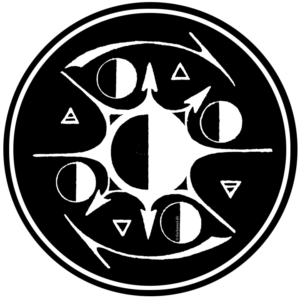 Those who aspire to the state of yoga should seek the Self in inner solitude through meditation. With body and mind controlled they should constantly practice one-pointedness, free from expectations and attachment to material possessions. ~Bhagavad Gita 6:10
Those who aspire to the state of yoga should seek the Self in inner solitude through meditation. With body and mind controlled they should constantly practice one-pointedness, free from expectations and attachment to material possessions. ~Bhagavad Gita 6:10
No matter what your experience in the art and science of yoga, you know that it is all about the breath. Whether we’ve practiced Yin or Ashtanga, our teachers have reminded us time and time again to focus on the breath. The problem is that there is SO much going on while we are practicing we are easily distracted. We’re distracted by our thoughts, our judgments, the intensity or lack thereof in the class, our neighbors, that little spot on the floor, and even by trying to understand or anticipate our teacher’s sequence. There is a great deal going on within the body, the mind and the environment around us! Keeping one’s mind fully upon the breath is a challenge ancient sages and living masters alike have faced. Pranayama[i], one of the eight limbs of yoga, is a detailed study and practice of breath, energy flow, and meditation.
Creating a pranayama practice can greatly assist us to connect to the breath in our asana practice. Our ability to focus upon the breath increases our ability to oxygenate the body. This oxygenation, more than increased flexibility or muscle toning, is the greatest benefit received from yoga. Even the most gentle of asana move flesh and muscle and this motion releases toxins built up over time at rest into the blood stream. Oxygenation along with proper hydration flushes these toxins from the body[ii]. This is the key to the healing properties of yoga that many of us have read about and some have experienced.
Finding Time for Pranayama
Practice and all is coming. ~Sri K. Pattabhi Jois
Making time to include a focused pranayama session into our busy lives can be one of the greatest challenges. We’ve all had that “ah-ha” moment where we realize that days when we make the time for asana practice go much more smoothly than those when we don’t. I’m sure that a great many of us have also realized that our practice miraculously seems to create enough energy and focus that we actually have more free time available! Taking the extra effort to engage in a pranayama practice tends to amplify this. Finding a bit more time in your schedule to develop a connection to pranayama will deepen your regular asana practice and greatly increase the cleansing and healing properties of yoga within you.
While we would benefit from a deep hour-long pranayama practice, the fact is the majority of us are better suited for a five-minute pranayama practice at this stage. I’ve practiced pranayama for 20 years and have just recently began to explore long sessions. Unfortunately, many of us in the West have lost our connection to the breath and need to be reminded how to breathe. Breath is a great indicator of the overall health of a culture. We tend live our lives from our heads and our hearts, which from an overarching view is an incredible feat. Humans have developed the ability to reason and emote at levels that can only be expressed as divine. But in this process we have let go of our connection to the earth. We rarely breathe below our solar plexus these days, let alone down to our core, which is where our connection to the earth and the physical plane is expressed.
With this in mind, the silver lining is, you don’t need to find another hour! Striving towards fifteen minutes every other day is challenging and admirable. An easy way to get in your pranayama is to connect it to your asana practice. If you practice at home just set the alarm a little early. If you take a class ask your teacher if they mind if you arrive early to work on pranayama before class. (They’ll probably be beside themselves with joy!) When you arrive, roll out your mat and find a comfortable yet erect position to settle into. If there are distractions they will become our greatest teachers as we learn to turn our focus within. Your decision to take this extra time will also be visible to your instructor and your fellow students and may create opportunities for further exploration into other limbs of yoga in your community and satsang[iii].
The First Breath
One of the symptoms of an approaching nervous breakdown is the belief that one’s work is terribly important. ~Bertrand Russell
There are many suggestions as to the best introductory techniques to pranayama. I will share a few here to begin the process but again refer back to your teacher who will most likely have the best suggestions as they know the current expression of breath during your asana practice. I find the best mindset to approach pranayama from is a mixture of exploration and play. I often consider my awareness to be like Lewis and Clark, mindfully skirting the edges of a new frontier. We need to be extremely gentle with ourselves as well. Yoga is a lifelong practice and the more subtle aspect of pranayama will meet overzealous determination with equal resistance. Practice of pranayama without judgment and especially without frustration seems to be requisite for advancement. Again, the spirit of play and exploration are recommended.
There are probably as many breathing techniques in pranayama as there are asana! The victorious nasal Ujjayi breath common to most hatha yoga is a suitable breath for our initial dip into pranayama[iv]. Padmasana, crossed legs, an erect spine and a slightly tucked chin, is an excellent position to begin with, but any will do. The hands are placed wherever they are comfortable, but as your explorations develop it is energetically sound to place the hands upon the knees and possibly even take a mudra[v] with the hands. Again, different traditions have different expressions here. This process is one way in that, as we deepen our connection to yoga, the importance of teachers and sat-gurus comes to light.
As we enter into our pranayama, sitting straight, engaging in Ujjayi breath, and striving to weave together the breath and the awareness we will meet many opportunities. The first, mentioned above, will most likely be external distractions. As we close our eyes and begin to move towards our center the other physical senses tend to engage. Conversations from the lobby or traffic from the street vie for our attention as we move towards stillness. It is not that we want to ignore these things though. To ignore these stimuli implies an ignorance of them and that is not the goal here. We want to focus our awareness completely within ourselves. To ignore something requires a certain amount of awareness of that which we are ignoring. Let the world be around you and shift your focus.
Of course, the greatest tool to assist with this inner focus is the breath. Ujjayi breath creates a sound[vi] and that sound comes from within. As we let the world around us fall away focusing on the sound of the breath will guide the awareness within. The internalized awareness faces a new opportunity as aberrant thoughts and emotions begin to flood the awareness. Here, objectivity and a certain amount of awe for the mental capacity required to process this raging river will be your best allies. Objectivity can lead us to examine the possibility that thoughts and emotions, like the external sounds, are actually not who we are! To overcome the onrush of thoughts we can try to build a dam and with rigid discipline attempt to still the waters, but this process begs the question, who is building the dam?
The spirit of exploration will assist you here as well. An explorer documents her travels and keeping a yoga journal will assist in learning this new terrain. Please be aware that the process we are lightly bandying about here in a few paragraphs is one that can play out over years or decades for some while others may merge more easily into these states. No matter your experience with pranayama, practice is always required and creating a link between our asana practice and our pranayama will be a great boon to both.
Moon Days
See how nature – trees, flowers, grass – grows in silence; see the stars, the moon and the sun, how they move in silence…we need silence to be able to touch souls. ~Mother Teresa of Calcutta
In addition to the creation of a pranayama practice within our regular asana practice we can look to the observation of Moon Days to extend our ability. The observation of Moon Days is a slightly fringe aspect of yoga engaged in by some schools of thought. It can have a profound affect on the connection between yoga and the rest of your life. My personal practice is traditional Ashtanga as handed down by Sri. K. Pattabhi Jois and in this lineage we do not pursue asana practice on days of the full and new moon. There are many and varied reasons for this, but the best explanation is that the human body is 70% water and is influenced by the moon just as the ebb and flow of the tides are. The slight pull of the moon upon our bodies shifts our center of gravity and can rend us more susceptible to injury. Taking rest from our asana practice gives us another opportunity to pursue pranayama.
In addition to extra time to explore the inner realms, this practice can assist to reestablish our connection to the world around us. An awareness of the cycles of the moon brings our bodies closer to a connection with Natural Time. The clock and the calendar are man-made constructs and though they perpetuate our civilization and lifestyle, they too negate our connection to our core. Taking a moment to recognize the new and full moon can lead us to an awareness of the delicate machinery around us, the sunrise and sunset, the positions of the stars and ultimately to an awareness of ourselves within this place. We may also slightly glimpse the fact that we live in Natural Time and constructed time in the same breath and that there may be other levels of awareness as well, but we’ll leave these abstract notions for more advanced pranayama explorations.
As we engage in our Moon Day practice we may begin to notice subtle differences between full and new moons. Cultures around the world have expressed the different energies between these opposite ends of the lunar cycle in very similar language. Typically the new moon is imbued with a grounding quality associated with fertility and planting. The full moon, in turn, is a time of harvesting, of rising energy and a time of spirit. By observing the energetic qualities of the lunar cycle we can guide the meditative aspects of our pranayama. Tuning into this natural flow of setting intentions on the new moon and tending to them during the waxing of the moon can serve as a guide us upon our life path. Being mindful of harvesting the fruits of our intentions and nourishing ourselves with them through the waning of the moon can inspire us and bring us closer to a more active role in our lives. This cycle continues and as the new moon comes back around we again find ourselves breathing on our mat, exploring pranayama and planning seeds.
This exploration into pranayama, approached from the mindset of play and exploration, will amplify the connection between our yoga, our world, and all worlds. We have covered a great deal of ground here but at the same time have greatly simplified a very complex system that, as mentioned above, is designed to be studied throughout a lifetime or even across many lifetimes. The greatest resource as you enter into a pranayama practice will be your own body, mind, and breath, your asana teacher and the foundational texts of the tradition that influences your practice.
[i] Pranayama (Sanskrit prana = life force, or vital energy, the breath, ayama = to lengthen or extend) is often translated as control of the life force. When used as a technical term in yoga, it is often translated more specifically as “breath control.”
Pranayama is the fourth ‘limb’ of the eight limbs of Raja Yoga mentioned in verse 2.29 in the Yoga Sutras of Patanjali. Patanjali discusses his specific approach to pranayama in verses 2.49 through 2.51, and devotes verses 2.52 and 2.53 to explaining the benefits of the practice. Patanjali refers to pranayama as the control of life force that comes as a result of practicing the various breathing techniques, rather than the numerous breathing exercises themselves.
Many yoga teachers advise that pranayama should be part of an overall practice that includes the other limbs of Patanjali’s Raja Yoga teachings, especially Yama, Niyama, and Asana.
[ii] Different schools of yoga have very different views on hydration during practice. I highly recommend asking your instructor about water intake and your practice.
[iii] Satsang (Sanskrit sat = true, sanga = company) describes in Indian philosophy (1) the company of the “highest truth,” (2) the company of a guru, and (3) company with an assembly of persons who listen to, talk about, and assimilate the truth.
[iv] Though Ujjayi breath is a great start to our pranayama, as your practice deepens so will your interest in exploring the diverse world of breathing techniques used in pranayama. These different techniques create different states of mind and body.
[v] A mudra is a symbolic or ritual gesture in Hinduism and Buddhism. While some mudras involve the entire body, most are performed with the hands and fingers.
[vi] In many traditions beginning Ujjayi breath has a sound quality while more advanced practitioners will move towards less audible Ujjayi breathing.
©EschatonLife
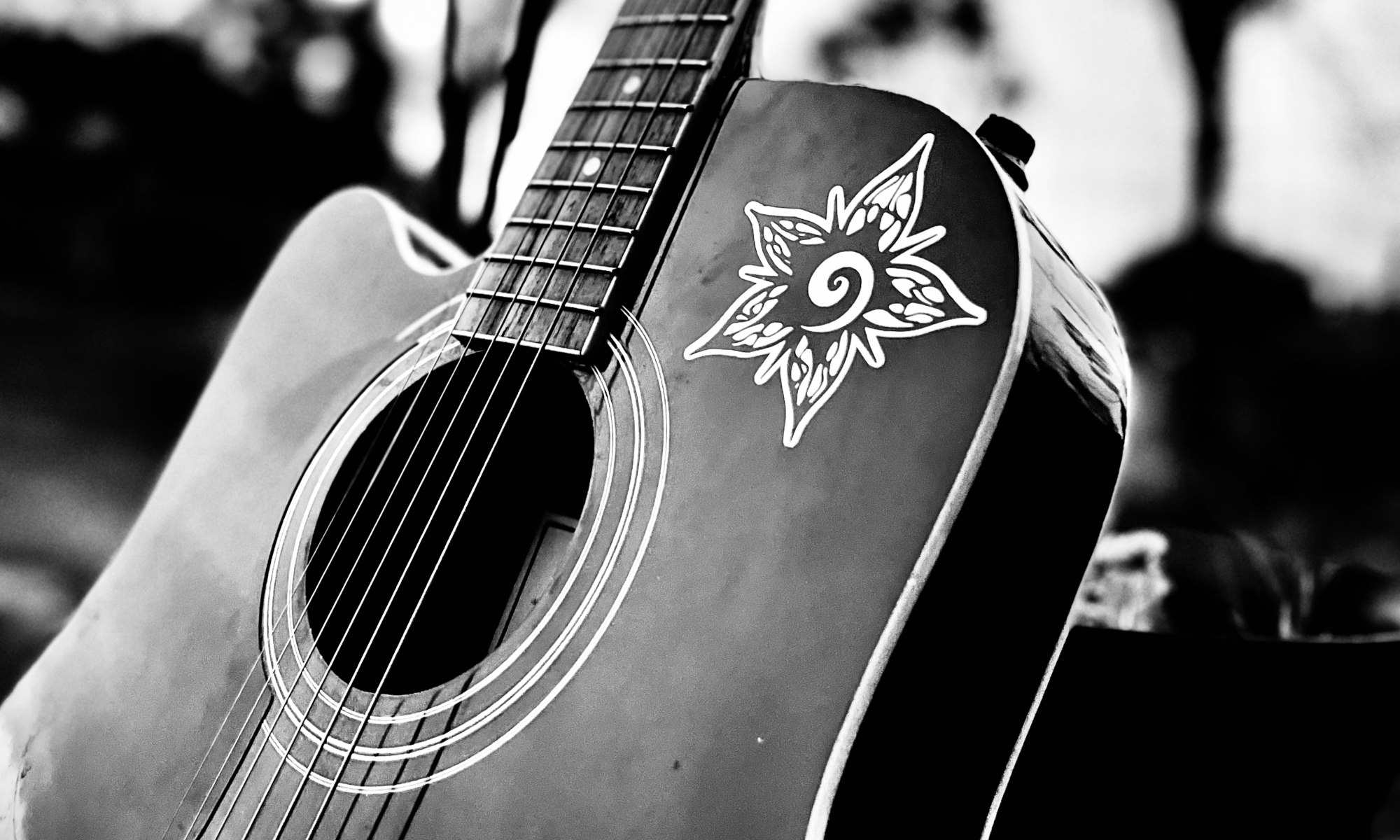
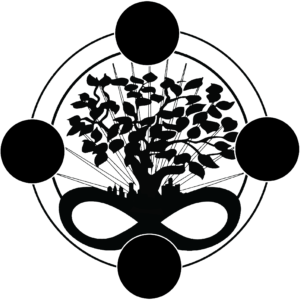 My partner and I wrote this for the local Natural Awakenings publication in April 2009 as an introduction to Earth Day.
My partner and I wrote this for the local Natural Awakenings publication in April 2009 as an introduction to Earth Day.  Those who aspire to the state of yoga should seek the Self in inner solitude through meditation. With body and mind controlled they should constantly practice one-pointedness, free from expectations and attachment to material possessions. ~Bhagavad Gita 6:10
Those who aspire to the state of yoga should seek the Self in inner solitude through meditation. With body and mind controlled they should constantly practice one-pointedness, free from expectations and attachment to material possessions. ~Bhagavad Gita 6:10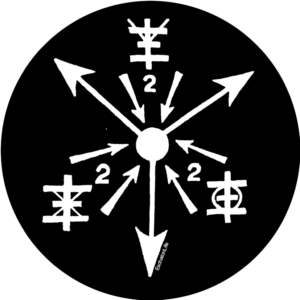 This was a piece published in PLAY Magazine in 2007. It was an attempt to consider the power sigils without specifically using the term.
This was a piece published in PLAY Magazine in 2007. It was an attempt to consider the power sigils without specifically using the term. 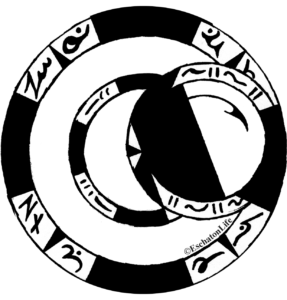 Beyond the fire, beyond the stars there is a vast luminous nothingness. Non-oppressive, expansive and unknowable, the infinite IS. Between light and darkness, it is beyond the scope mind yet within each thought, each breath, and each pause. Overarching, interwoven, and foundational.
Beyond the fire, beyond the stars there is a vast luminous nothingness. Non-oppressive, expansive and unknowable, the infinite IS. Between light and darkness, it is beyond the scope mind yet within each thought, each breath, and each pause. Overarching, interwoven, and foundational.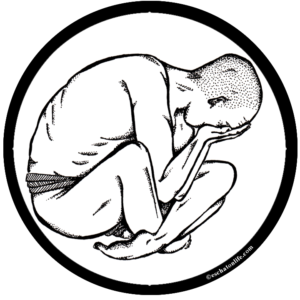 He hit me again, and I went down again, counting stars again, amidst the already swirling swaths of red and white holiday spirit, throbbing and debouched.
He hit me again, and I went down again, counting stars again, amidst the already swirling swaths of red and white holiday spirit, throbbing and debouched.